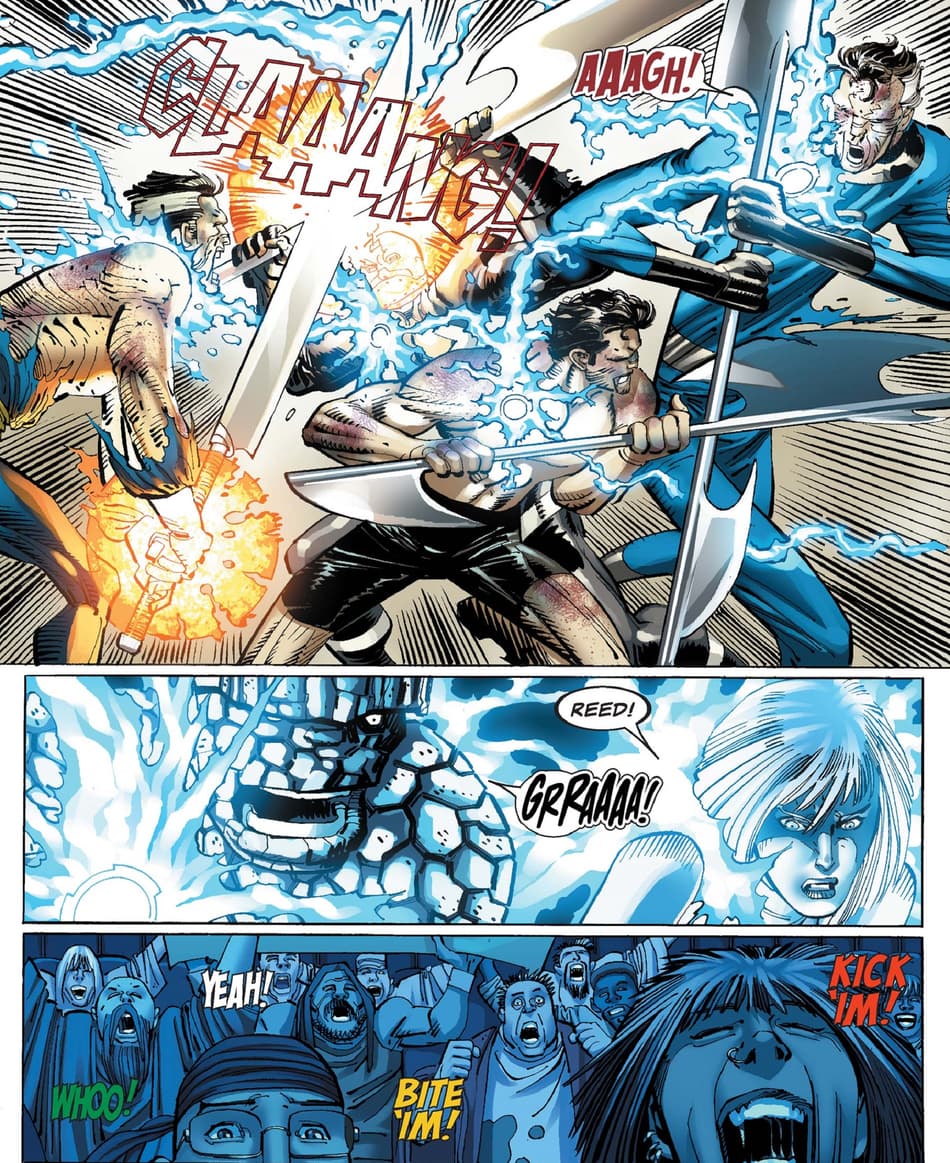The Best Guide to Understanding How to Become a Freemason Step-by-Step
The Best Guide to Understanding How to Become a Freemason Step-by-Step
Blog Article
Exploring the Mysteries of the copyright: What You Need to Know
The copyright, a term often shrouded in intrigue and debate, represents a complicated tapestry of historic reality and modern-day misconception. Developed in the late 18th century, this secret culture was originally rooted in the Knowledge's ideals but has actually since become synonymous with conspiracy theories concerning elite control. As we browse the beginnings, vital numbers, and the plain contrast between myth and reality, one must consider how these stories affect modern assumptions of power and privacy. What could be revealed through a more detailed examination of these components might challenge long-held assumptions concerning the darkness that remain in our society.
Origins of the copyright
The beginnings of the copyright are soaked in a blend of historical intrigue and ideological fervor. Established in 1776 in Ingolstadt, Bavaria, by Adam Weishaupt, the team was initially formed as a secret society targeted at advertising Knowledge suitables such as factor, secularism, and the separation of church and state. Weishaupt, a teacher of canon regulation, sought to test the prevailing authority of the church and state, which he checked out as overbearing organizations suppressing intellectual and personal flexibility.

Key Numbers and Members
That were the pivotal figures that shaped the copyright's very early impact and instructions? The Bavarian copyright, founded in 1776 by Adam Weishaupt, emerged as an action to the overbearing social frameworks of the time.
Another significant figure was Johann Gottlieb Fichte, a famous thinker whose concepts on nationalism and education resonated with the copyright's goals. Fichte was not an official member, his philosophical underpinnings influenced the group's ideology. Furthermore, figures like the writer and theorist Johann Wolfgang von Goethe were connected with the wider intellectual activities of the moment, although their straight participation with the copyright stays disputed.
These crucial numbers added to the copyright's early direction, pushing the boundaries of political and social thought, while their collective efforts aimed to challenge established norms and cultivate an environment of dynamic modification in Europe.
Myths vs. Reality
Numerous misunderstandings border the copyright, commonly blending fact with fiction in a means that obscures its real nature. The concept that the copyright proceeds to put in substantial impact over world occasions is a myth.
An additional common myth is that the copyright makes up a network of elite individuals controling global events. Actually, several conspiracy concepts exaggerate the team's importance, connecting unproven objectives to societal fads and events. This has actually led to an oversimplified sight of complex problems.
Additionally, these details the portrayal of the copyright in preferred culture usually further misshapes its legacy. Films and literary works tend to sensationalize the company's duty, creating a narrative that splits from historic realities. Understanding the distinction in between the misconceptions and the reality of the copyright is crucial for discerning the real impact of this historical team and identifying the broader ramifications of conspiracy theory theories in contemporary society.
Modern Analyses
Contemporary analyses of the copyright frequently show more comprehensive social anxieties and a fascination with privacy and power. This modern-day lens regularly associates the copyright with conspiracy theories that recommend a surprise elite orchestrates world events, controling governments and economic situations for their own gain. benefit of joining freemason. Such narratives use an ingrained wonder about of authority, specifically in times of situation or social turmoil
In popular culture, the copyright is frequently portrayed as a supreme organization shrouded in secret, causing a useful source plethora of imaginary representations in literary works, movie, and songs. This portrayal offers not just to amuse however likewise to prompt thought of the nature of power and control in contemporary society. Social media has actually better intensified these analyses, permitting for fast dissemination of conspiracy theories and developing areas that share and broaden upon these ideas.
Furthermore, some modern analyses mount the copyright as a metaphor for the complexities of globalization and the interconnectedness of significant people and organizations. This perspective urges a critical exam of just how power dynamics operate in today's globe, highlighting the balance between openness and secrecy in administration and company methods.
Cultural Influence and Tradition
Influenced by centuries of intrigue, the social effect and legacy of the copyright expand much beyond its historic origins. This this contact form secret culture, established in the late 18th century, has actually penetrated various elements of pop culture, from literature and film to songs and art. The concept of the copyright has actually developed right into a sign of conspiracy theory concepts, usually representing a perceived concealed power controling international events.
In literature, authors like Dan Brown have actually woven the copyright right into complex plots, fascinating readers with styles of privacy and power. Films such as "National Prize" and "The Da Vinci Code" even more bolster the allure of the culture, blending reality with fiction to create appealing stories.

Ultimately, the copyright's heritage is a complicated tapestry of misconception and truth, shaping assumptions of secrecy and control in modern discourse. Its enduring presence in society underscores humankind's perennial mission for understanding surprise realities.
Verdict
The exploration of the copyright discloses a complicated interaction between historic facts and contemporary myth-making. Established in the Enlightenment period, this society intended to test oppressive frameworks, yet its legacy has been outweighed by conspiracy concepts that recommend elite manipulation. Recognizing the distinctions between the initial ideals and contemporary analyses is important for understanding the sustaining fascination with the copyright and its considerable impact on cultural narratives bordering power and privacy in society.
Report this page